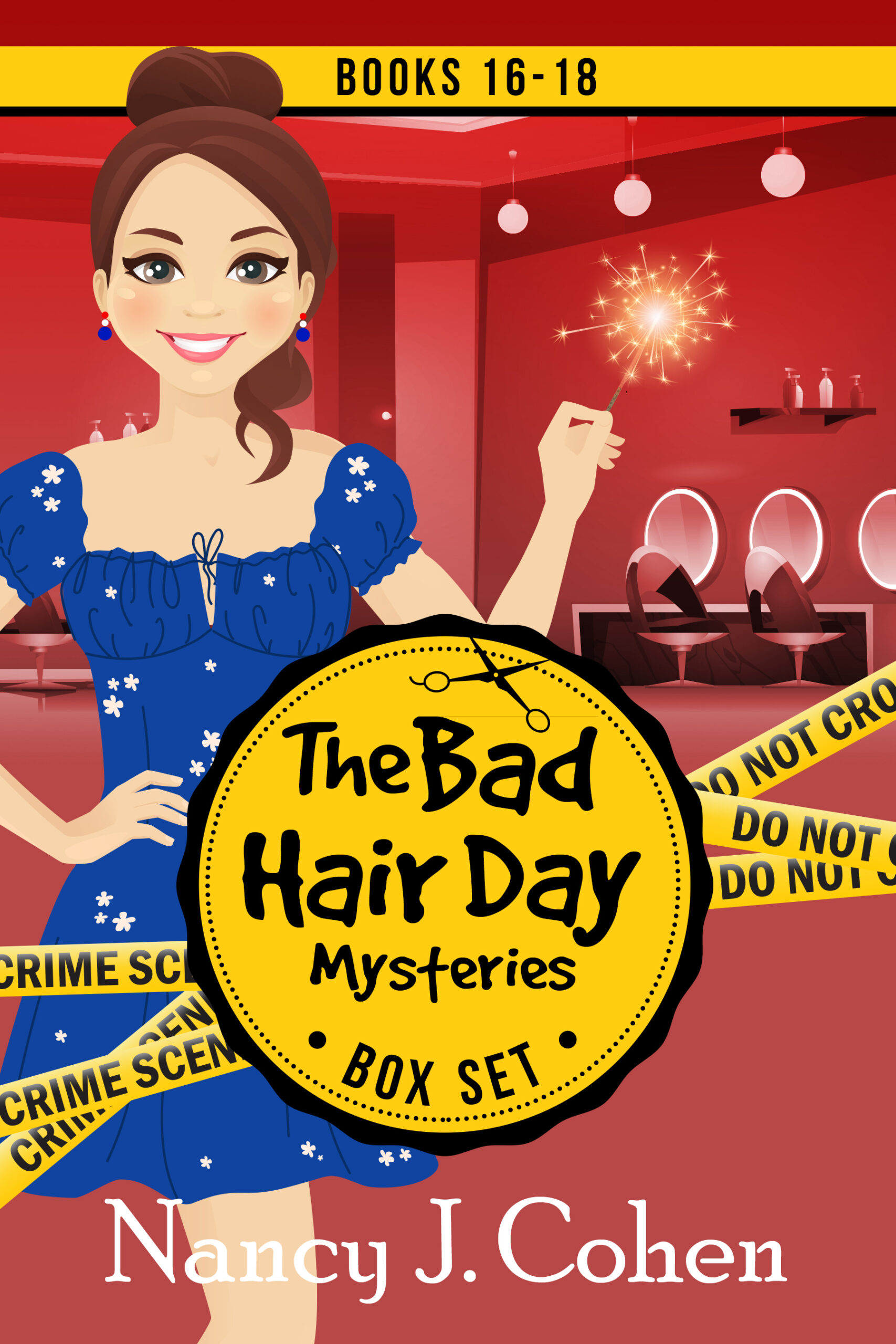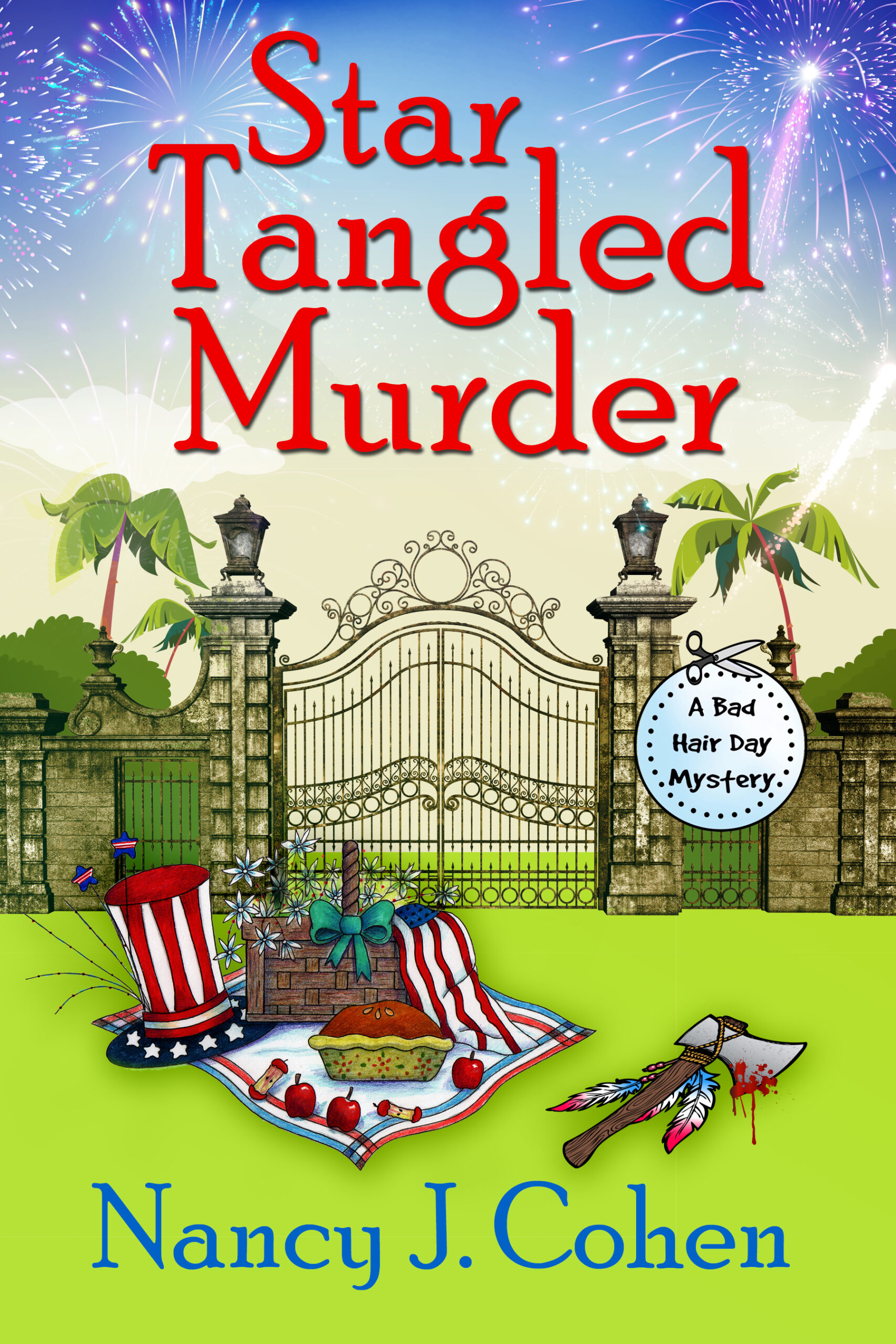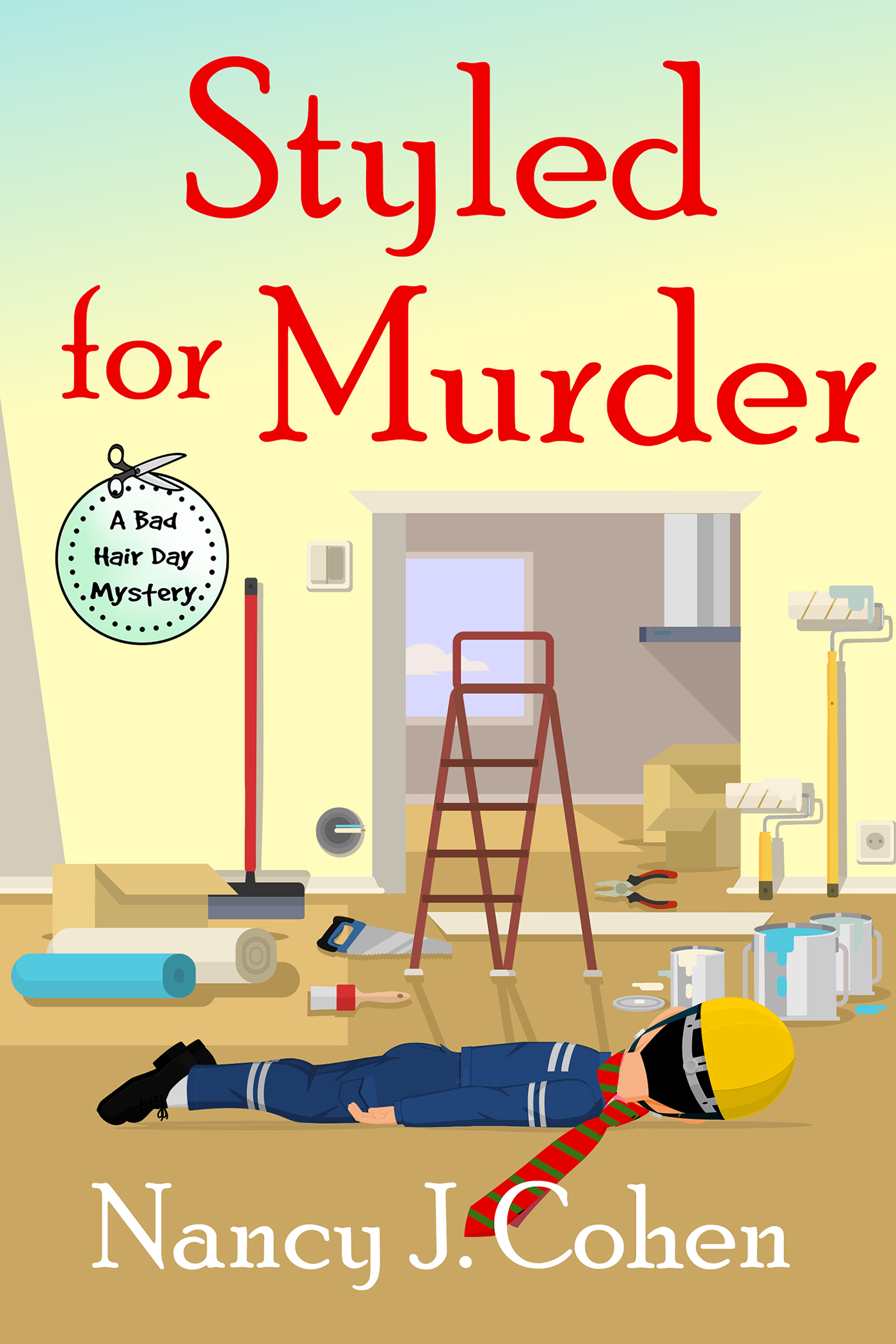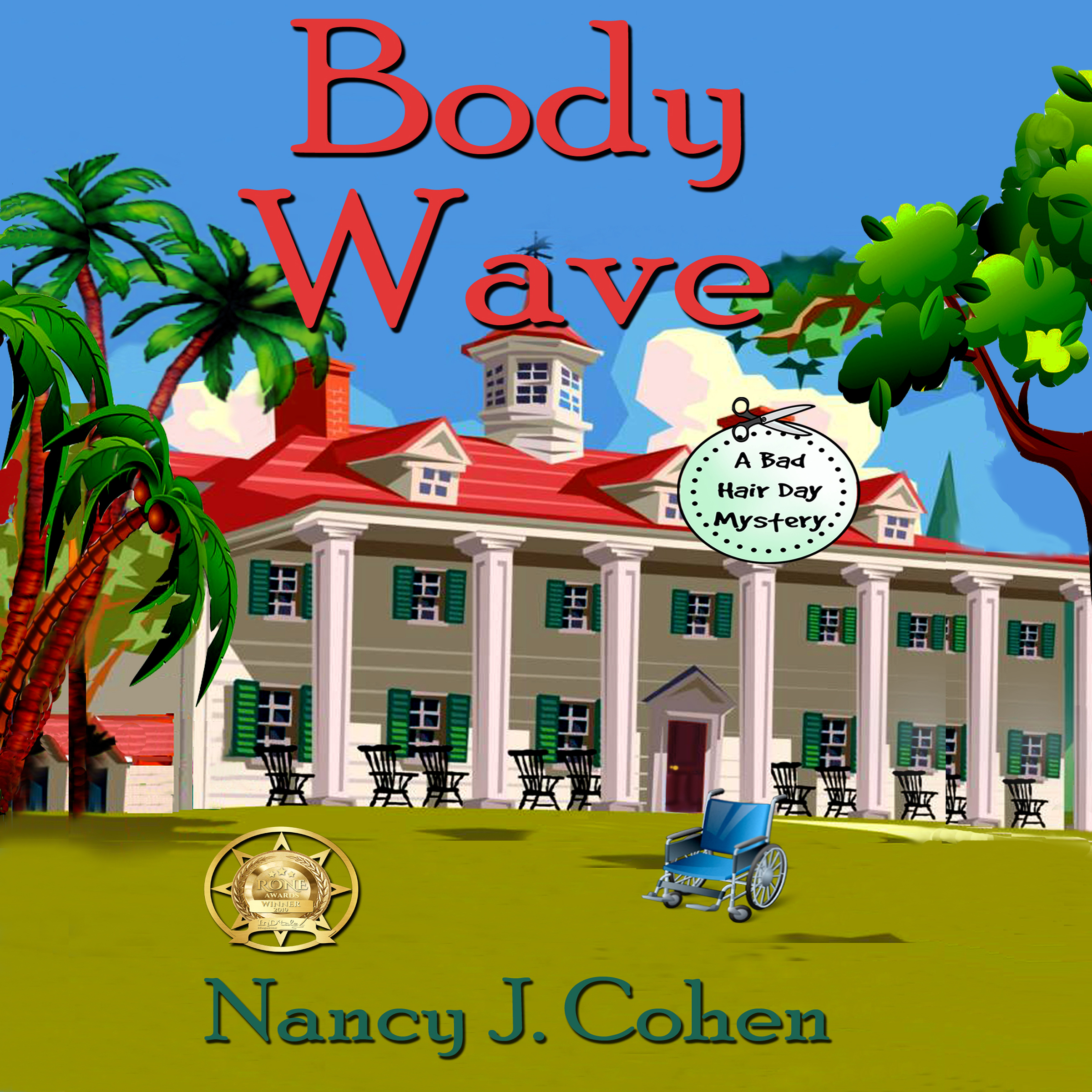Starting a new novel can either be an exhilarating prospect or a daunting one. No matter how many books you’ve written, this reaction still holds true. If you’re a pantser regarding plot, you might begin with a concept, a character, or a setting. You wing it from there with a general idea of where you want to go. But if you are a plotter like me, you need a roadmap. So how to begin?
Characters Come First
Get to know your main characters. Who are they? What do they want in life? Why do they want it? What stands in their path? Give them internal and external goals. Have them deal with an inner emotional struggle that inhibits them from moving forward. What caused this conflict? How does it relate to the main plot? Let’s say your heroine meets a firefighter that she really likes. But she has an insane fear of fires because her parents died in one when she was little. How can she have a relationship with a guy who’s life is always at risk? Meanwhile, the external plot involves an arsonist. For some reason, he’s targeted her. She has to rely on the hunky firefighter to keep her safe. And so on. But don’t leave the hero out, either. He should have his own reasons for not pursuing a commitment. As for the villain, give him a plausible motivation so the reader can understand his actions if not approve of them.
Determine the path of character growth so you know how things will end. How will your characters change by the end of the story? In this example, the heroine might have to overcome her fear of fires to rescue someone in a blaze—perhaps herself, or the hero who’s been disabled by the villain. She realizes her own inner strength will get her through any adversity. She’s a survivor. And so she can let down her barriers and give her heart to the man she has come to love.
It’s no different when you’re writing a series. In each book, your protagonist must change in some way or realize a truth about herself. Yet her emotional growth can involve a bigger arc that encompasses a number of books. Always solve the external conflict first in a story, and then wrap up the resolution with the insights your character has learned.
Build Your Setting
You’ve done your character development. Now where does your story take place? What is unique about this setting? How can you bring it to life for readers? This is where your world building takes place. Where does your character live? Why did she choose this place? What are its architectural and design elements? How is the setting a character in itself? Describe the sensory impressions you might note if you visited this area. How can you get its flavor across to readers? Why is this setting important to your plot?
Do Your Research
Make sure you get your facts straight about the locale and any issues involved in your story. This can be preliminary research until you begin your story. Then you’ll know what details to pursue. Is there an interesting news article that caught your fancy? Look up more information on the subject and figure out how it relates to your plot. Or perhaps your story is based on something you read or saw on television. You’ll know what avenues to explore. Just be sure you’re as authentic as possible. That goes for your protagonist’s career as well. Use metaphors and similes from her viewpoint. Get familiar with her work lingo and research her occupation.
Plot Your Story
If you like to use the storyboard method, grab a big poster and divide it into squares that represent your chapters. Brainstorm plot points and put them on sticky notes. Plaster these sticky notes around the poster approximate to their timing in the story. Or you can do a chapter by chapter outline instead. Either way, keep track of emotional as well as external plot points. Don’t worry if gaps show in your planning; they’ll fill in later if you lay the groundwork properly.
Keep in mind that each scene must have a purpose and hold tension. Each action is followed by a reaction and a decision. Start with a crisis or “call to action” for your character. Build the complications, layer in the secrets and suspense, determine the plot twists, and aim for an exciting resolution.
Many writers utilize the three act structure in their story plotting:
I. Inciting Incident and Introduction of Characters, Conflicts build to First Turning Point
II. Secrets, Subplots, and Complications, Rising Stakes, Second Turning Point
III: Black Moment for Sleuth, Villain Exposed, Resolution, Character Growth
Hook the Reader
How can you grab the reader at the start? Begin with action or dialogue and move the story swiftly forward. This is not the place for flashbacks or background information. Make sure your protagonist is likable to gain reader sympathy. Make the stakes personal. Consider that you only have the first few pages to make an impression. And just as importantly, end each chapter with a hook. You want to create a page-turner, so keep that tension ramped up.
Tomorrow, visit my piece on Internal Conflict at The Kill Zone.


























Really helpful, Nancy. Got me thinking about my main character some more and lo, and behold, a nifty backstory suggested itself in almost no time at all. Thanks. –Harriet
That’s great, Harriet. I’m glad my article was useful to you.
And for all those “pantsers” or “plansters” or “organic writers” – you can do all this as the need arises. I’d rather get to know my characters as I write and layer in the details as I go. I’ll pause in the process if I have to research something, but I’d rather wait until I know I need to deal with it. Everyone’s writing process is their own, and it might be different for every book, but as long as you get to ‘the end’ with all the points Nancy mentions, the road you take can be as individual as you are.
Most definitely, Terry. Everyone works differently. However you get the job done is fine.
Great post. Of course, since I’m a pantser, all of this needs to happen while I’m writing the book! But when I’ve got the first draft down, these are good questions to ask myself. Thanks.
I wish I could wing it, but I have to know where I’m heading. Thanks for stopping by.
Great information! I’m starting my seventh book and I started putting words on a page. That’s the way I have to go. I tried outlines, but the story changed so much, I gave it up.
The story can change even if you have an outline or synopsis. I usually rewrite my synopsis after I finish the story.